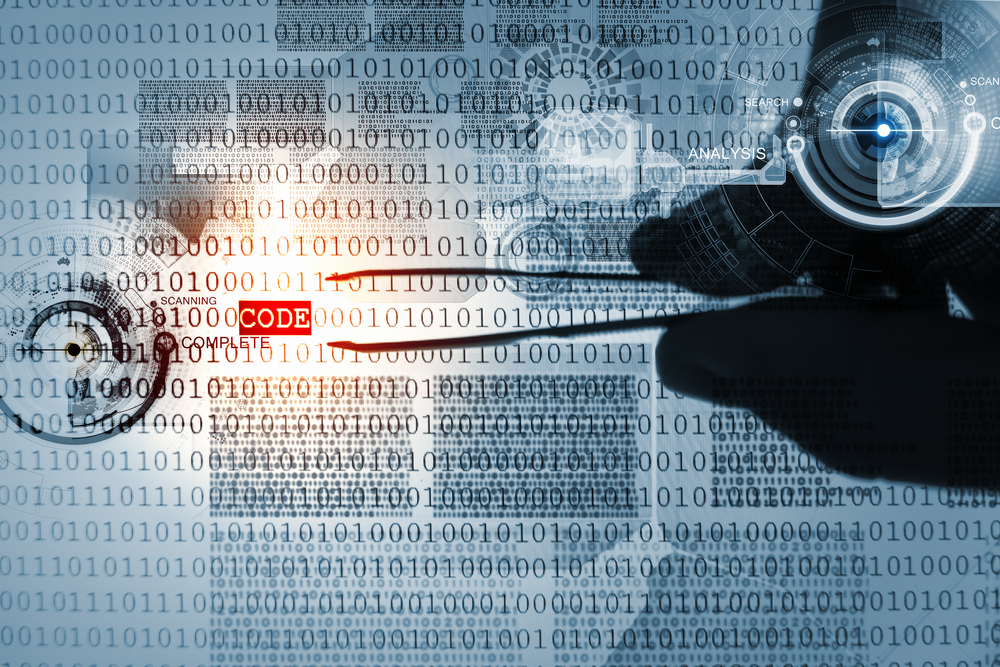Technological advancements over the past decade are generating terabytes of digital information that in many cases is evidence central to solving crime and achieving prosecutions. Data from emails, videos, chat files, text messages and CCTV files are just some of the masses amounts of data which can assist our law enforcement agencies if they have the right tools to help them surface valuable information.
But for many law enforcement agencies, having significantly more data to comb through and translate is creating challenges when attempting to use data to detect and prevent criminal and terrorist activity in communities.
Harnessing and making sense of all of the information is the work of intelligence analysts and investigators. Today, advanced crime analytics technology is playing an increasingly influential role in detecting and preventing crime.
>See also: how stream processing and data analytics can bring smart city projects to life
Advanced crime analytics gives agencies the ability to identify trends, patterns and anomalies from data that would have otherwise gone undetected. Using mathematical machine learning to mine large and complex data sets, analytics helps connect the dots to unravel information hidden within data from disparate sources like social media chatter, police records and any third-party data.
When investigators need to identify persons of interest related to a crime, that’s where data becomes very useful. Crime analytics software uses anomaly detection to quickly highlight those entities, relationships or time periods that are acting inconsistently with their usual behaviour which might link them to a crime.
For instance, in a drug trafficking case an unknown suspect was identified by the phone call patterns from his wife changing before the arrival of a drug delivery. The recognition of this pattern allowed the investigators to predict the delivery.
In the cases of threats, analysts also utilise advanced analytics technologies apply capabilities to identify key persons of interest, associations, relationships, complex networks to develop a clear view of potential threats. By identifying emerging threats, it enables decision makers to choose appropriate responses.
For example, by leveraging social media data in real time law enforcement officers are able to identify and locate potential threats and evolving events. This allows for strategic and tactical planning and the allocation of crime prevention resources. It helps police work more proactively with limited resources and spend less time reacting to crime and more time preventing it.
This form of predicting where and when a crime is likely to occur, who is likely responsible for prior crimes and who is most likely to offend or be victimised in the future will become the norm thanks to advances in crime analytics.
>See also: Predictive analytics – what if you could access tomorrow’s stocks and shares today?
Maintaining a lead in this informational arms race is crucial and today, crime analytics is being used to combat crimes as diverse as money laundering, bank fraud, international terrorism, drug smuggling, human trafficking and gun crime.
Advanced crime analytics software can help law enforcement agencies by providing a solution to reveal valuable intelligence hidden in masses of data to assist police investigations by turning big data into smart data. It helps them draw conclusions more quickly, act proactively rather than reactively, and catch potential problems before they become disastrous.
Paul Stokes, COO of Wynyard Group







